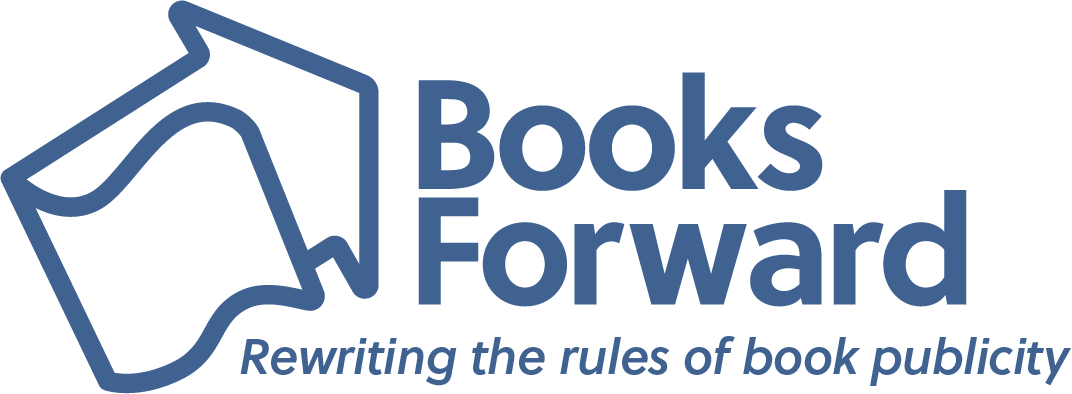The pandemic has changed everything, including the publishing industry. In our new “State of the Industry” blog series, we’ll be breaking down exactly how the pandemic has changed the game for publishers, booksellers, authors, and readers. By understanding how the publishing industry has rapidly transformed in 2020 and 2021, writers and authors will be better prepared to navigate the new state of the industry in 2022.
Let’s start with a question: How did the pandemic in 2020 change the game for publishers?
Answer: They started out rough and finished strong.
According to a December 2020 article in The New York Times, (“Surprise Ending for Publishers: In 2020, Business Was Good”) book sales dropped sharply in March and April 2020 as panic and closures disrupted daily life. But demand increased beyond pre-pandemic level in June 2020 as buying habits and stores transitioned.
2020 concluded with:
Print sales up by 8% (NPD Bookscan)
Audiobooks up 17% over the same period in 2019 (Association of American Publishers)
Ebooks up more than 16% after a several year decline (NYT)
So, how did the events of 2020 influence book-buying habits and genre trends?
The short answer is that books on race and antiracism, politics, home DIY projects, and escapist literature like YA fantasy had a VERY good year.
Sales were UP in the following categories:
- Books on race/antiracism: The Black Lives Matter movement (which began at the end of May with the killing of George Floyd) inspired a surge of sales on books about race and antiracism. Titles like “How to Be an Antiracist” by Ibram X. Kendi and “So You Want to Talk About Race” by Ijeoma Oluo became bestsellers, and booksellers had trouble keeping them in stock.
- Political books: In a charged and divisive election year, political books like those released about the Trump family and Barack Obama were major sellers.
- Home and Gardening books: With more people spending time at home, gardening and home DIY books saw a sales increase of 20%, as people took on new projects both to keep themselves occupied and due to uncertainty about supply chain disruptions and the severity of pandemic.
- Education: Homeschooling due to school-shutdowns meant a major 40% increase in the sales of children’s nonfiction dealing with education, reference, and language.
- YA Fiction: This genre saw a 20% sales increase for a number of reasons: the rising popularity of TikTok (whose primary user base sat squarely in YA target demographic), increased demand for escapist fiction, and the fact that trends within YA had already shifted to promote more diversity and inclusion–a major flashpoint in 2020.
Sales were DOWN in the following categories:
- Travel Literature: The travel genre saw a devastating 40% drop in print sales, primarily because there’s little reason to buy a travel guide when borders are shut, planes are grounded, and no one is traveling anywhere.
- Religious Books: With places of worship closed, on-site book sales took a hit.
Perhaps one of the most surprising developments in 2020 was a surprise sales boost for backlist titles as well as frontlist titles. Publishers are notorious for investing resources in frontlist titles, but requiring nearly immediate success for the book to be considered “a hit.” But in 2020, the postponement of new releases, coupled with an increased reading demand during lockdown and quarantine, proved that both backlist and frontlist titles could be financial successes. This could very possibly mean that publishers will be more willing to invest more in backlist titles in the future (particularly those tied to culturally momentous events within any given year) than they have in the past.
Where did the publishing market stand at the end of 2020?
Publishers saw a 10% increase in sales in 2020. Despite major issues with supply chains and staff layoffs, buying trends in 2020 that supported backlist as well as frontlist titles helped publishers succeed, and gave them more leeway to delay the release of new titles.
Amazon deprioritized books amid increased demand for medical supplies and household items, giving Barnes & Noble and Bookshop.org a previously unforeseen edge.
Against all odds, 2020 was a profitable year for major publishers. The key takeaways here are:
- Readers don’t necessarily care if a book is a new release, or a backlist title: if the subject is in-demand, they will buy it. Considering that backlist sales helped major publishing houses succeed in 2020, publishers are now more aware than ever of the financial potential of their backlist.
- Genre trends are driven by reader demand, and what is or isn’t in-demand can change rapidly. Publishers may influence some genre trends intentionally, but at the end of the day readers drive the market, and publishers will work to fulfill reader demand. A savvy author will be paying close attention to the demands and behaviors of their target audience, so they can write to meet the needs of their demographic. A great book is a great book–but a timely book sells.
How else did the pandemic change the publishing industry? Despite major rapid innovations, independent bookstores experienced major struggles and surprising successes. Learn more in next month’s post: How the Pandemic Transformed Bookselling.

Chelsea is a copywriter, editor, publicist, and content creator at Books Forward, an author publicity and book marketing firm committed to promoting voices from a diverse variety of communities. From book reviews and author events, to social media and digital marketing, we help authors find success and connect with readers. Interested in what’s possible for your book sales and building readership? Check out our services, tell us your goals, and get a customized publicity campaign tailored just for you.


